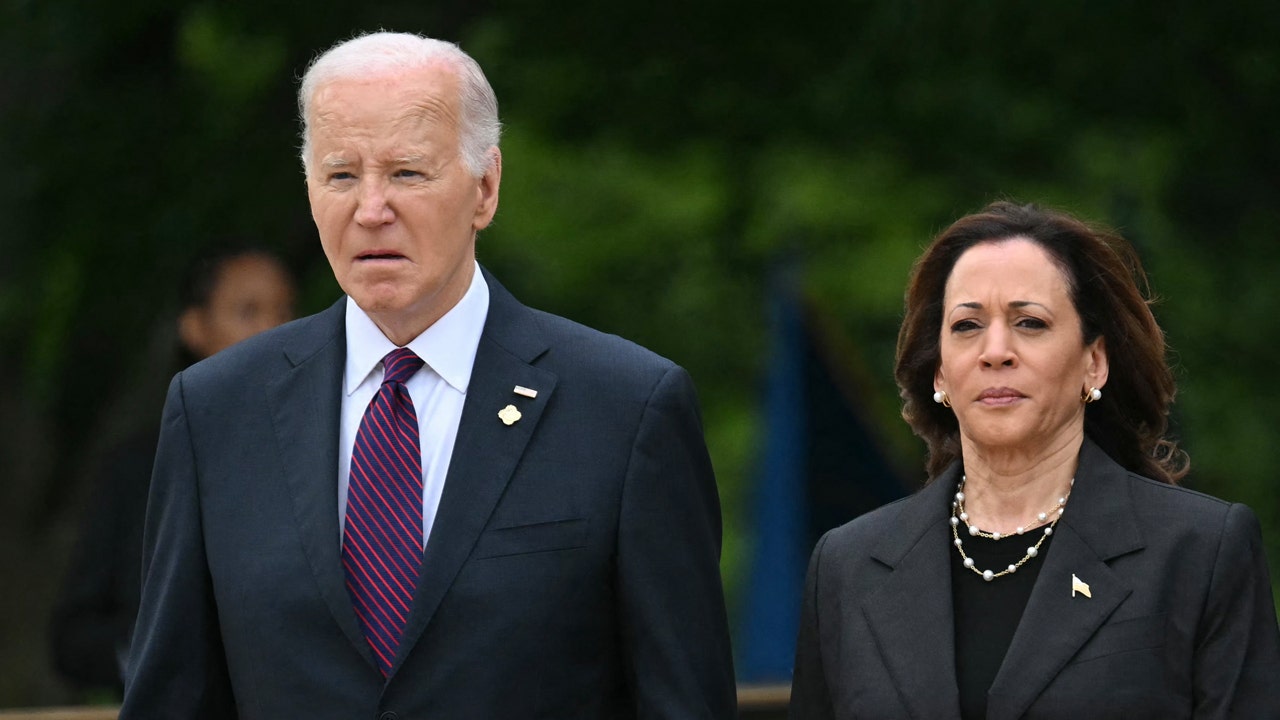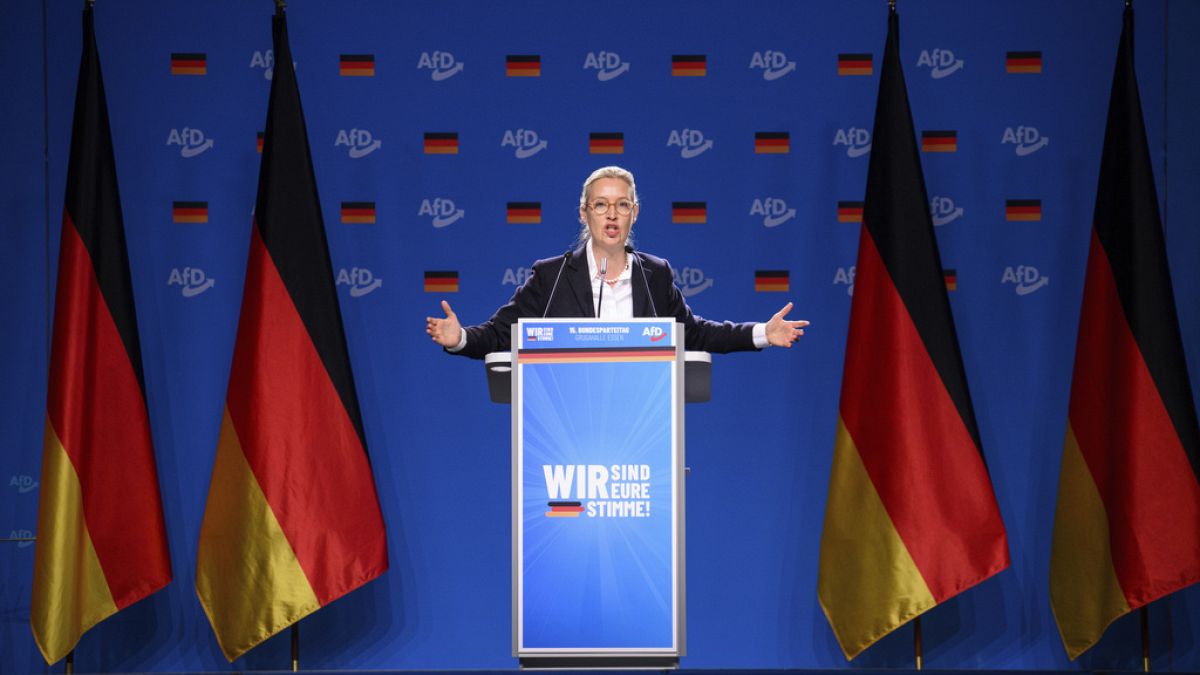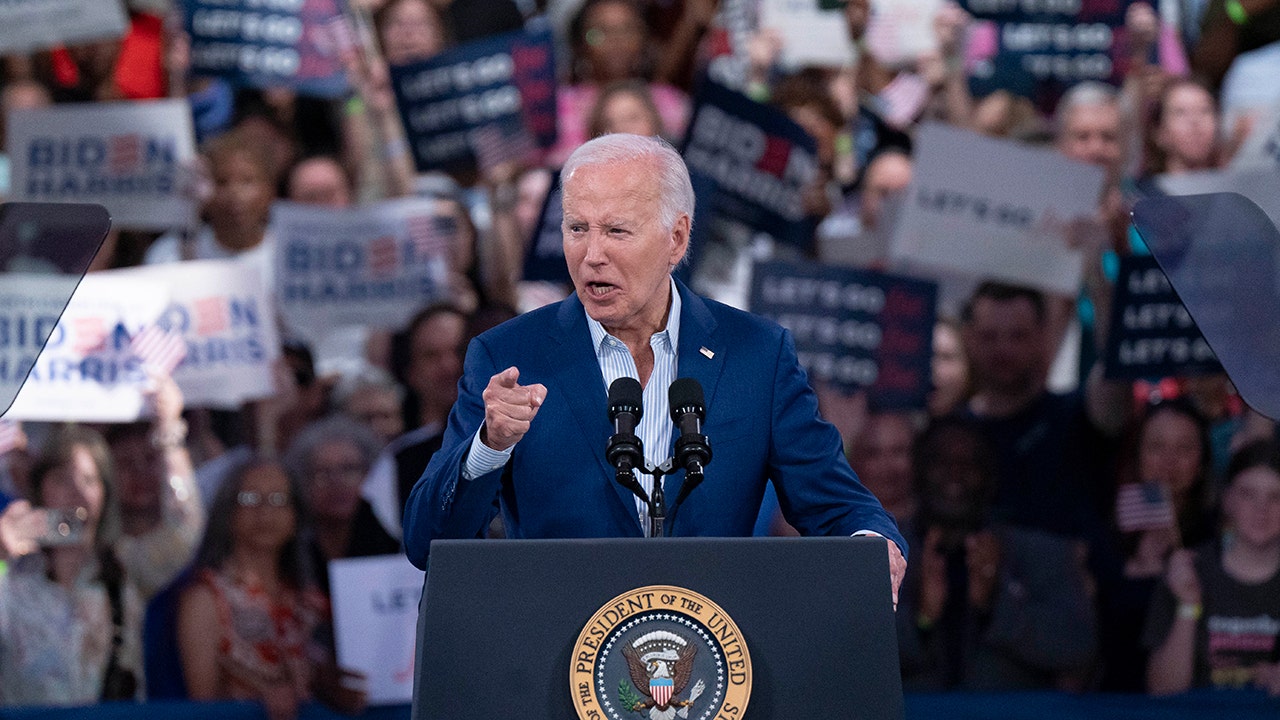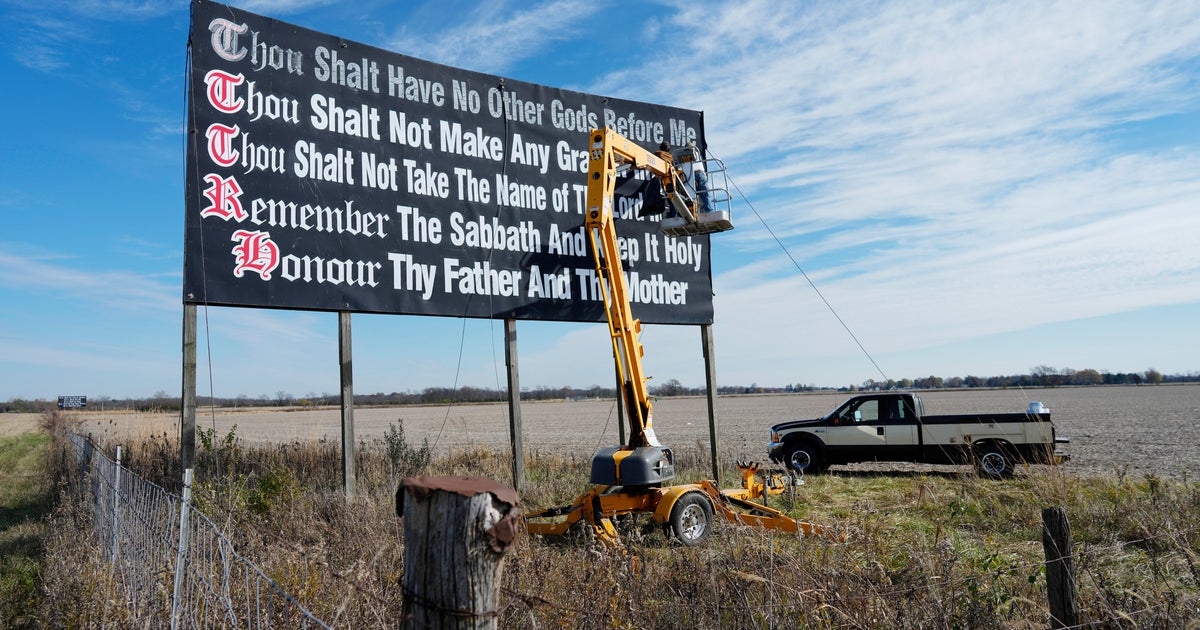Stock splits are enjoying a resurgence as shares of some market darlings have soared.
Walmart got the party started with a 3-for-1 split in February, with eight other companies announcing intentions to follow suit by July. Nvidia recently completed a much anticipated 10-for-1 split, only to be eclipsed by the mother of all stock splits, Chipotle’s 50-to-1 exchange last week.
To a rational investor, a stock split should not matter. Why would Nvidia holders prefer 10 dimes over a dollar bill? While managers offer time-worn justifications, it turns out that the main reason splits matter to shareholders is our inability to do math in our heads.
A split merely alters the number of its total shares and proportionately adjusts the share price to hold the total value constant. Most common is a forward split, where the number of shares increases and the price per share decreases. Walmart’s 3-for-1 split gave shareholders an additional two shares for every one they owned, with each share now worth 1/3 its original value. Forward splits usually occur when the share price has risen sharply and are often viewed as a signal that management is optimistic about the company’s future. According to a Bank of America analysis of data going back to 1980, stock prices rise an average of 25% during the year after a split compared with 12% for the average S&P 500 stock, although the anomaly dissipates over time.
A reverse split is often employed by companies in distress whose share price has fallen to a level that signals concern to shareholders. The troubled workspace sharing company WeWork announced a 1-for-40 reverse split last August in an attempt to retain its listing on the New York Stock Exchange. A hypothetical investor holding 200 shares at 15 cents each would now own five shares worth $6 per share. It didn’t work, and the firm once valued at $47 billion filed for bankruptcy in November.
Once upon a time, stock splits made sense. Until 1975, trade commissions were fixed by regulation, guaranteeing an oligopoly among the big brokerage firms charging sometimes hundreds of dollars per “round lot” or 100 shares. Given the high trading costs and 100-share minimums, many stocks were out of reach for smaller individual investors. Splitting the shares dropped the price of a round lot within reach of more investors.
Splits remained common throughout the 1990s, with 15% of Russell 1000 companies engaging in the practice toward the end of the decade.
Today, institutional investors like mutual funds and ETFs are by far the largest holders of stock and are agnostic about splits. Meanwhile, deregulation and the proliferation of discount brokers ignited a range war that drove commission rates to zero. Furthermore, investors can easily purchase any number of shares, and many brokers offer clients the ability to purchase fractional shares. Now even the smallest investor can purchase 1/20 of a share of Apple with no commission.
The frequency of stock splits slowed markedly in 2000 and all but ended after the financial crisis of 2008. By 2019, only three major companies split their shares, compared with 102 in 1997. So, it is a bit puzzling that the momentum has shifted again as more companies announce plans to split their shares.
Corporate executives announcing a split often cite a desire to engage more individual retail investors, and to increase liquidity or trading volume in their company’s stock. These motivations were initially supported by academic research carried out through the 1980s and 1990s during a very different market environment that limited retail investor access. So, considering the broad democratization of the stock market and compression of trading costs, why do stock splits still happen, and why do they affect the price when we know they shouldn’t?
Recent research into behavioral economics provides an answer. Humans frequently fall back on “heuristics” or rules of thumb. We tend to think in absolute terms, focusing on the dollar value or change in a stock price, when we should be looking at the relative or percentage impact. For example, news reports of a 390-point gain in the Dow Jones average sound more impressive than a 55-point gain in the S&P, when each represents a 1% move. It has been repeatedly shown that most people perceive 10 out of 100 to be greater than 1 out of 10.
This cognitive bias, referred to as non-proportional thinking, ratio bias, or the numerosity heuristic, lead us to view “cheaper” stocks as more of a bargain and explains most of the price movement surrounding stocks splits. This misperception translates into increased post-split stock price volatility even though nothing really changed. Incidentally, heightened volatility increases the value of stock options that typically represent a large share of executive compensation, which could contribute to management’s decision.
Interestingly, Chipotle had a very specific goal in mind with its whopping 50-for-1 split: to reduce the share price enough to make employee stock awards practicable. The company announced it would begin granting stock to 20-year employees but needed to adjust the nearly $3,300 price. Following the split, the shares traded at around $66, allowing the company to award 10 or 20 shares to loyal employees.
Stock splits are entirely immaterial in the long run but do tend to impact short term prices, almost entirely due to how we apply our own mental rules of thumb. They’re back, and you can expect more to follow.
Christopher A. Hopkins, CFA, is a co-founder of Apogee Wealth Partners in Chattanooga.


























